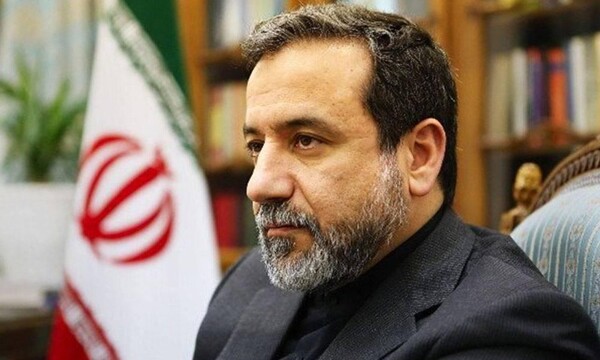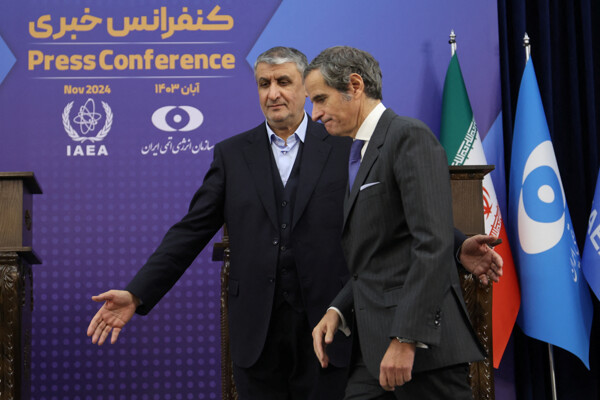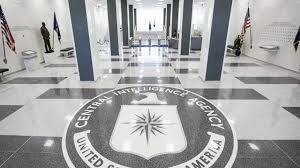
The situation in the Middle East is complex and volatile, with actions from the United States and its allies, internal dynamics within groups like Hamas and Hezbollah, and a crisis in Iran that raises questions about eradicating the threat posed by these militias. These groups operate in densely populated areas, complicating military operations and increasing the risk of collateral damage.
Hamas' political situation is complicated by the news that Qatar plans to close its political office. This reflects the desperation of militant groups in a context of increasing pressure and seeks to generate sympathy and justify violent actions.
On the other hand, Iran is facing a severe energy crisis with widespread power cuts in several provinces, which not only affects the quality of life for Iranians but could also further destabilize the regime.
In Gaza, Islamic Jihad released a video of a captive young man to criticize the Israeli army, escalating tensions. Meanwhile, the Israel Defense Forces carried out efforts to neutralize the threat from Hezbollah by destroying missile production sites and weapon storage in the Da’ahiah neighborhood.
Recent airstrikes in Syria and Yemen by the United States in response to actions by pro-Iran militias underscore the growing concern about Iran's influence in the region. These events reflect instability and the need to protect Western interests in the Middle East.
In summary, the region is marked by entrenched conflicts, humanitarian crises, and tensions that underscore the complexity of the current landscape, requiring international engagement to address this global threat.














